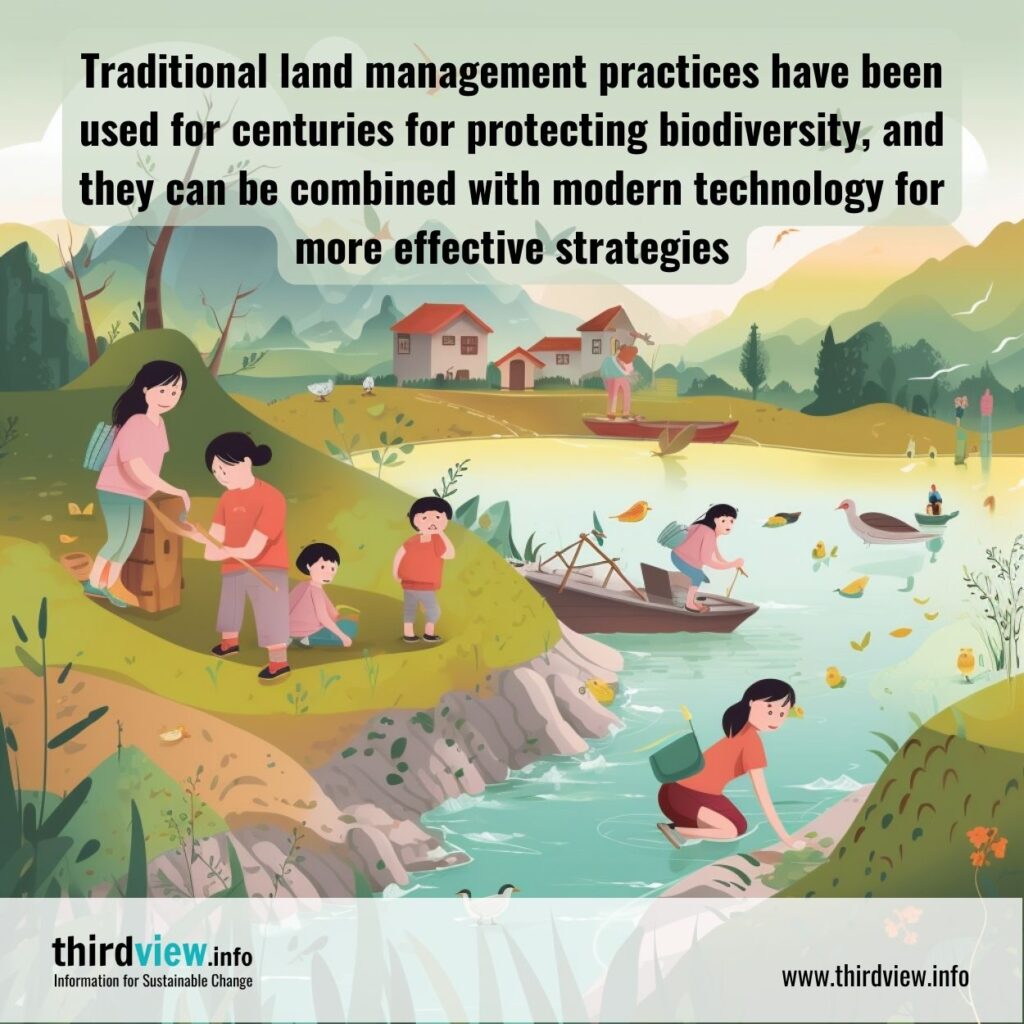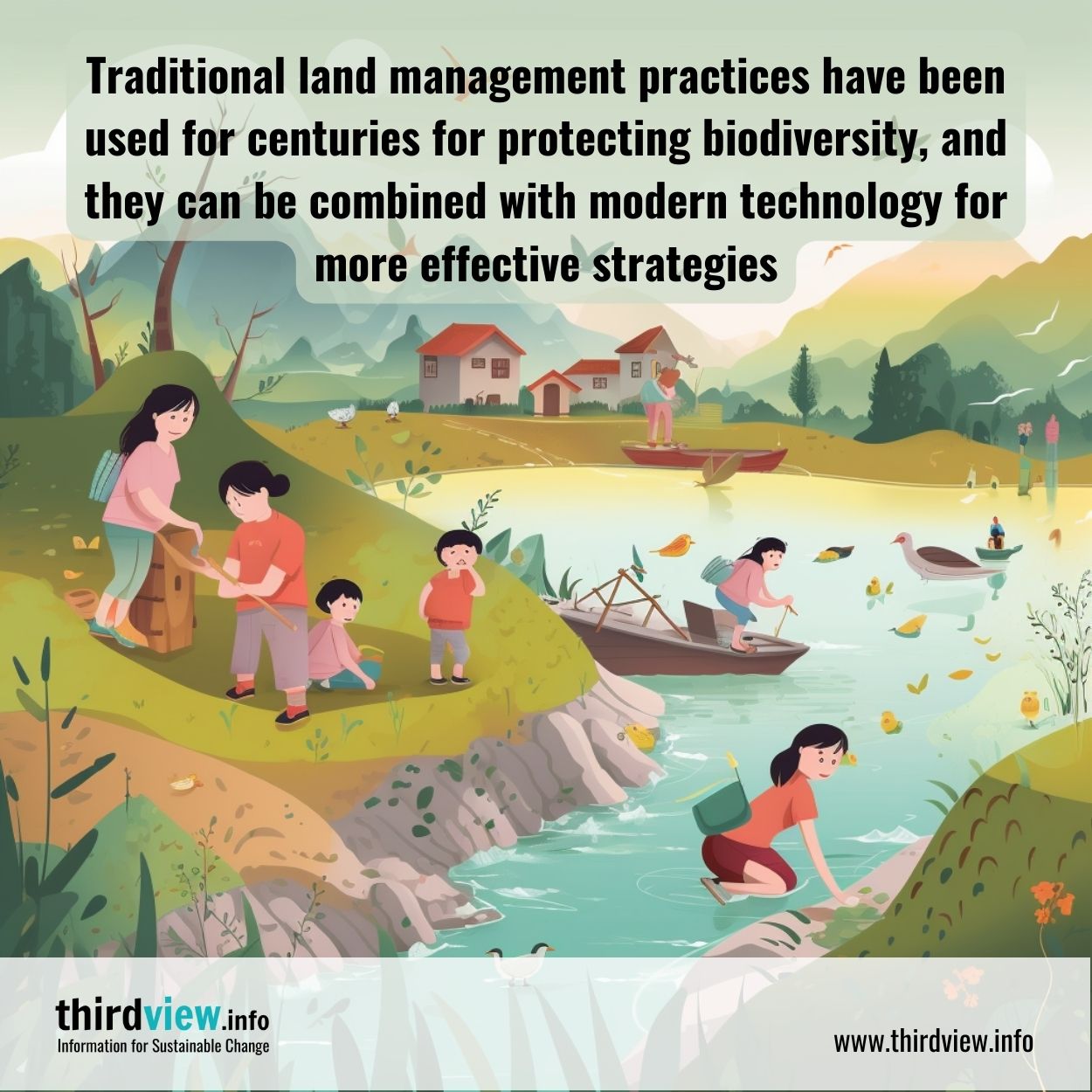As the world continues to grapple with the effects of climate change and other environmental issues, it is essential that we come together to find effective solutions. This means bringing together both traditional and modern approaches to environmental protection in order to create an effective path forward. Let’s take a look at some of the practical strategies for collaboration between these two approaches.
The most important step in any collaborative effort is ensuring that all parties involved understand each other’s needs and values. This means that traditionalists and modernists need to work together to identify common ground. One way this can be done effectively is through open dialogue, as it allows each side to express their individual perspectives while also working together towards a shared goal.
Another strategy for successful collaboration between traditional and modern approaches to environmental protection is mutual education. Traditionalists may need help understanding why certain modern methods are necessary, while modernists may need assistance in understanding the importance of traditional knowledge when it comes to protecting the environment. By engaging in educational exchanges, both sides can learn from one another and develop a better collective understanding of how best to move forward in protecting our planet.
Finally, it is important for both traditionalists and modernists to recognize that no single approach is perfect or complete on its own; rather, there must be a balance between them if we are truly going to make progress in terms of protecting our environment.
For example, in many countries across the globe, traditional practices of land management have been used for centuries to protect biodiversity. These practices are based on a holistic approach that respects the interdependent relationship between humans and nature. This type of land management enables ecosystems to thrive while still providing sustainable sources of food and other resources. By combining this traditional approach with modern technology, we can create even more effective strategies for protecting biodiversity. For instance, satellite imagery can be used to analyse land change over time and identify areas where conservation efforts should be focused. Additionally, tools such as GIS mapping can be used to create detailed models of entire ecosystems which allow us to make informed decisions about the best ways to protect them.
It is clear that collaboration between traditional and modern approaches can lead us down a path towards a more sustainable future. By engaging in open dialogue, educating one another on their respective beliefs, and finding ways to balance old-world wisdom with new technologies, we can make progress on tackling some of the most pressing environmental issues facing us today. Only by working together will we be able to create lasting solutions for our planet’s future.


